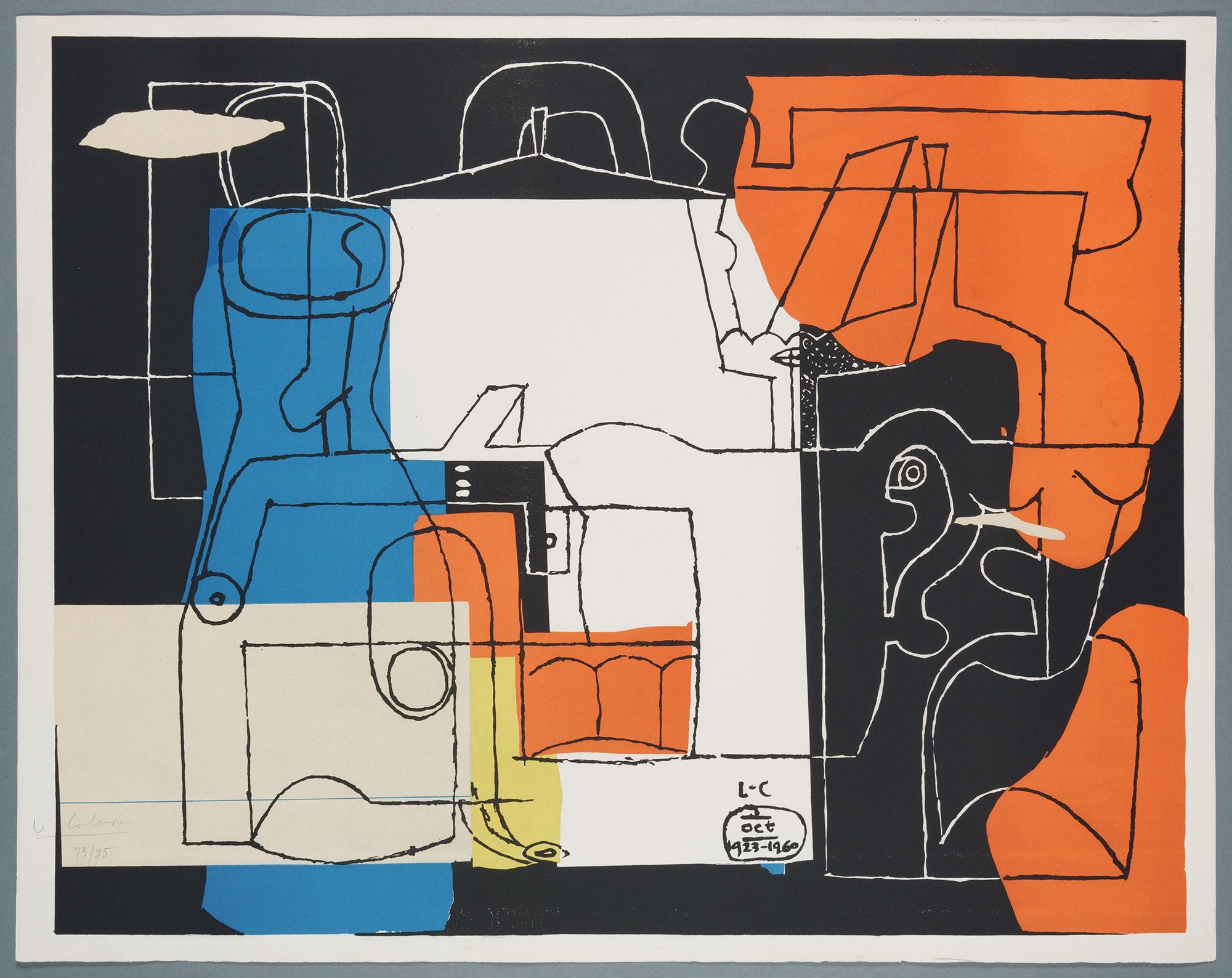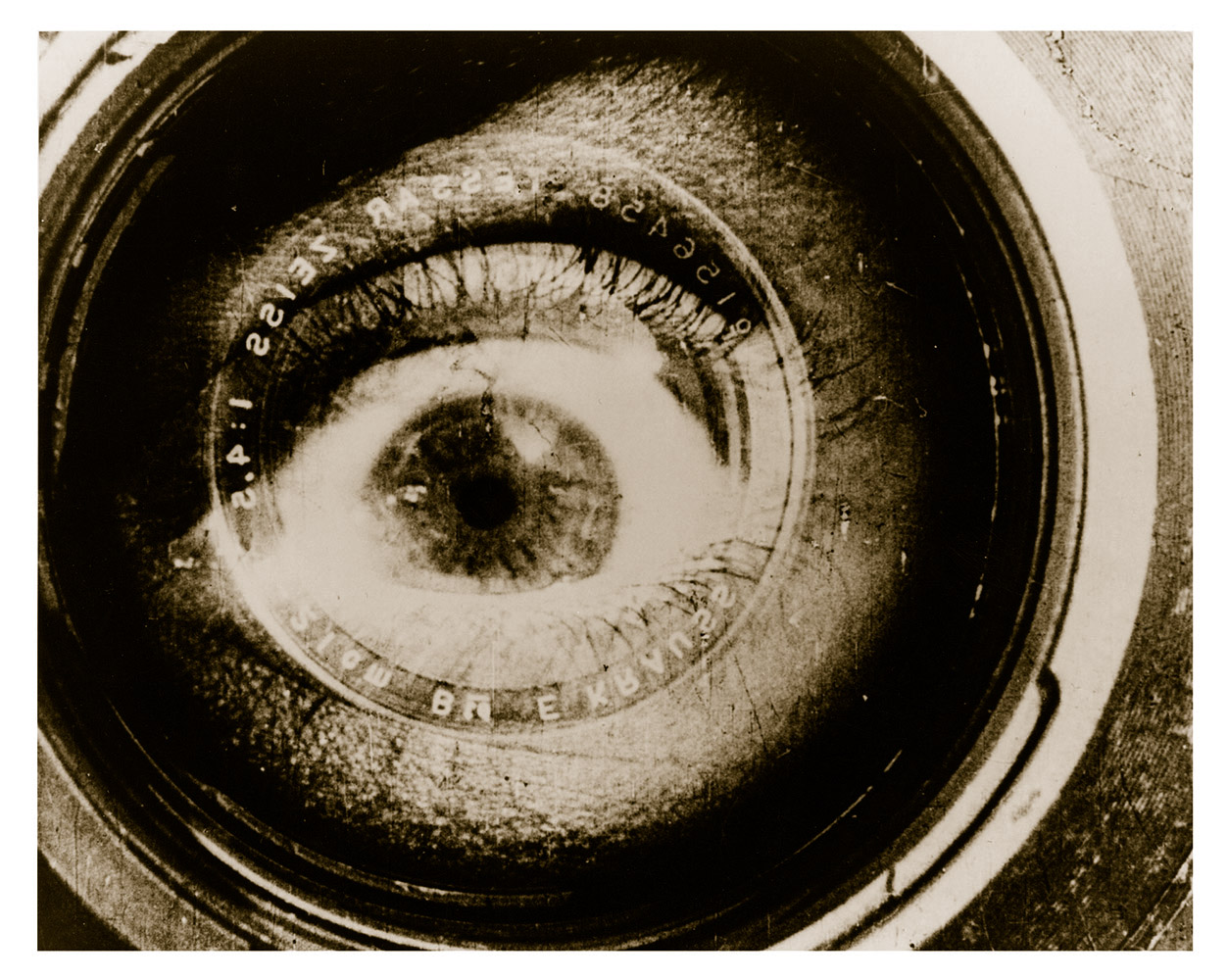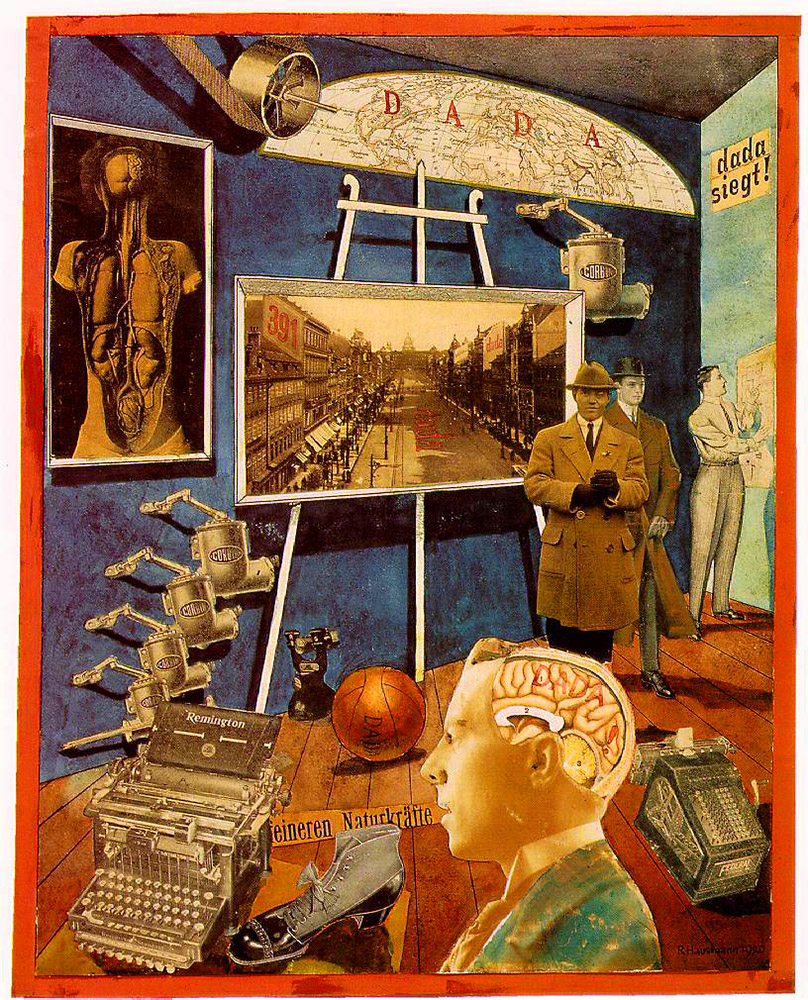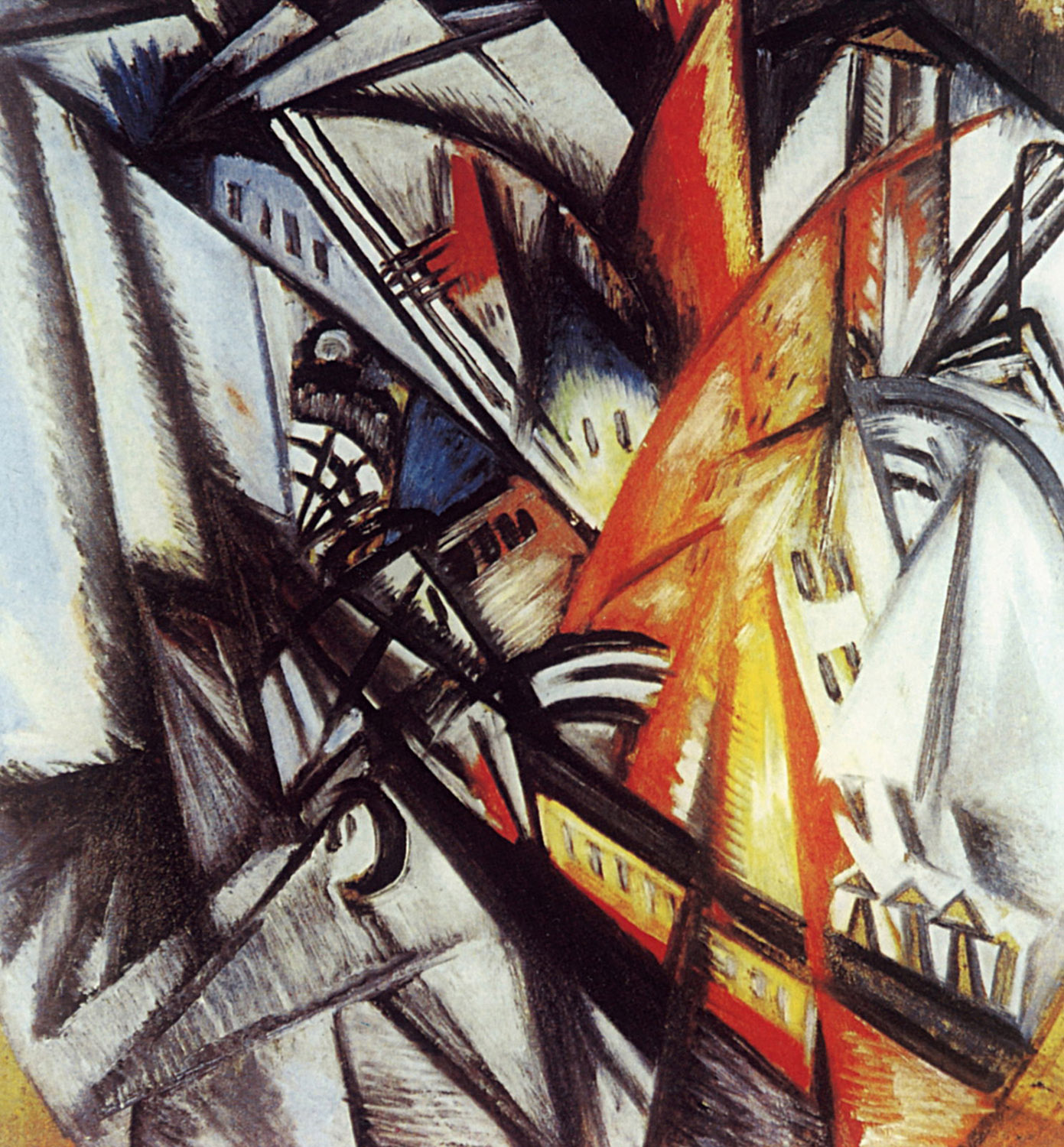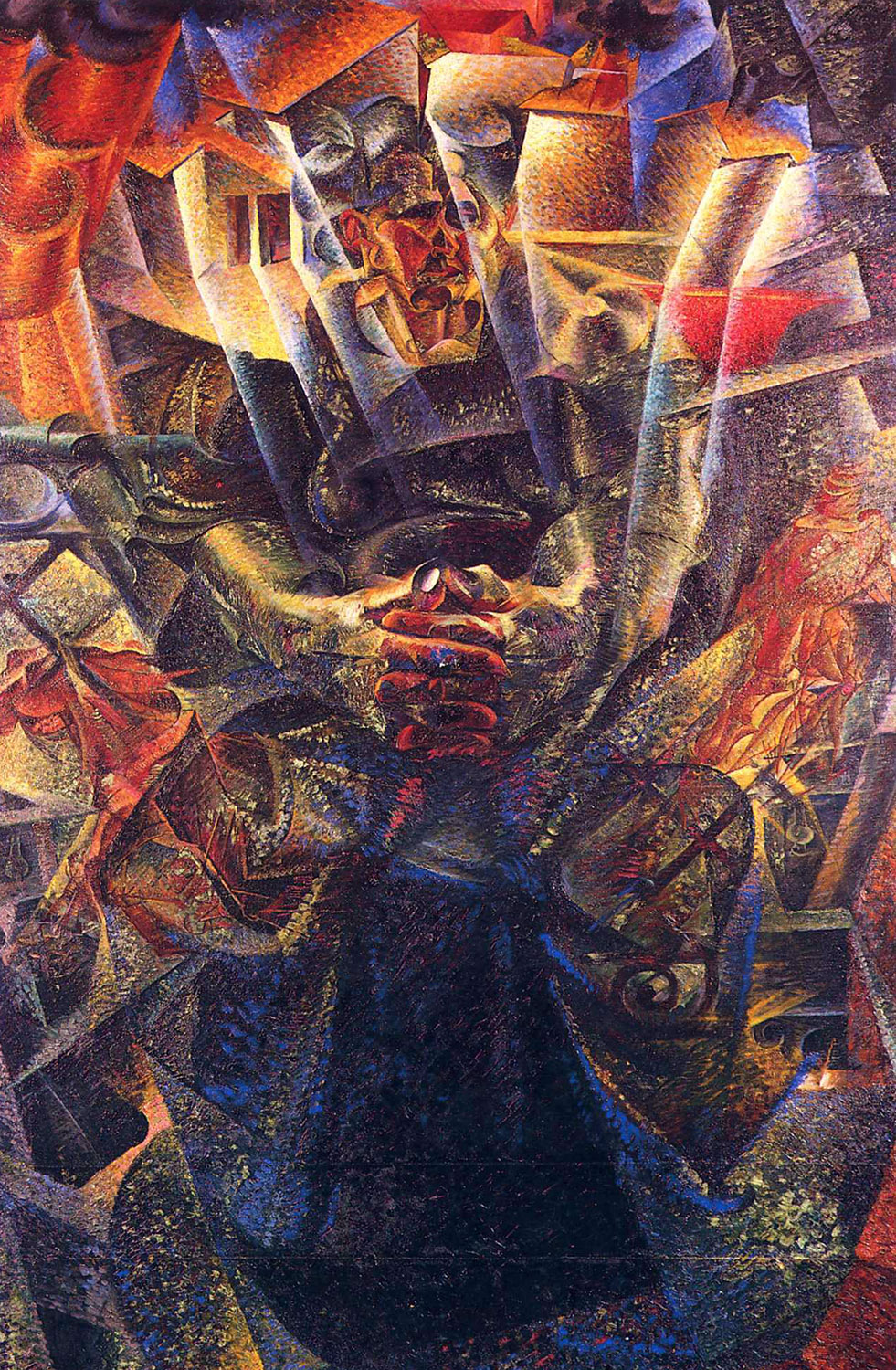… We propose liberating painting from its subservience to the ready-made form of reality and to make it first and foremost a creative, not a reproductive, art.
The savage happily drawing the outlines of a bull or a deer on a piece of stone, the primitive, the academician, the artists of antiquity and of the Renaissance, the Impressionists, the Cubists, and even to some degree the Futurists are all united by the same thing: the object. These artists are intrigued, delighted, amazed and gladdened by nature. They try to fathom her essence, they aspire to immortalize her …
Cubism killed the love of the everyday appearance of the object, but not the love of the object as a whole. Nature continued to be the guide of aesthetic ideas. The works of the Cubists lack a clearly defined idea of non-objective art.
Their art is characterized by efforts to complicate the task of depicting reality. Their complaint against the established prescriptions for copying nature turned into a formidable bomb that smashed the decayed metaphysics of figurative art into smithereens – an art that had lost all idea of aim and technique …
In its force and its clarity of perception, Futurism provided art with a unique expression – the fusion of two worlds, the subjective and the objective. Maybe this event is destined never to be repeated.
But the ideological gnosticism of Futurism had no effect on the damned consciousness of the majority who, to this day, continue to reiterate that Futurism marks a radical break in the course of world art, a crisis of art …
Our time is one of metal, its soul is initiative and technology: the Futurists brought technology to its full potential …
Until the Futurists came along, artists used to express movement in the following conventional manner: a maximum expression of movement resulted from placing forms on the surface of the canvas parallel to the perimeter of the canvas, and a maximum static expression resulted from the placing of the forms parallel to the surface of the canvas.
The spectator did not sense movement in the picture. All he saw was a rendering of movement …
For the Suprematists, the painting has ceased, once and for all, to be a function of the frame.
Continue reading “Liberating from the Ready-made Reality”
